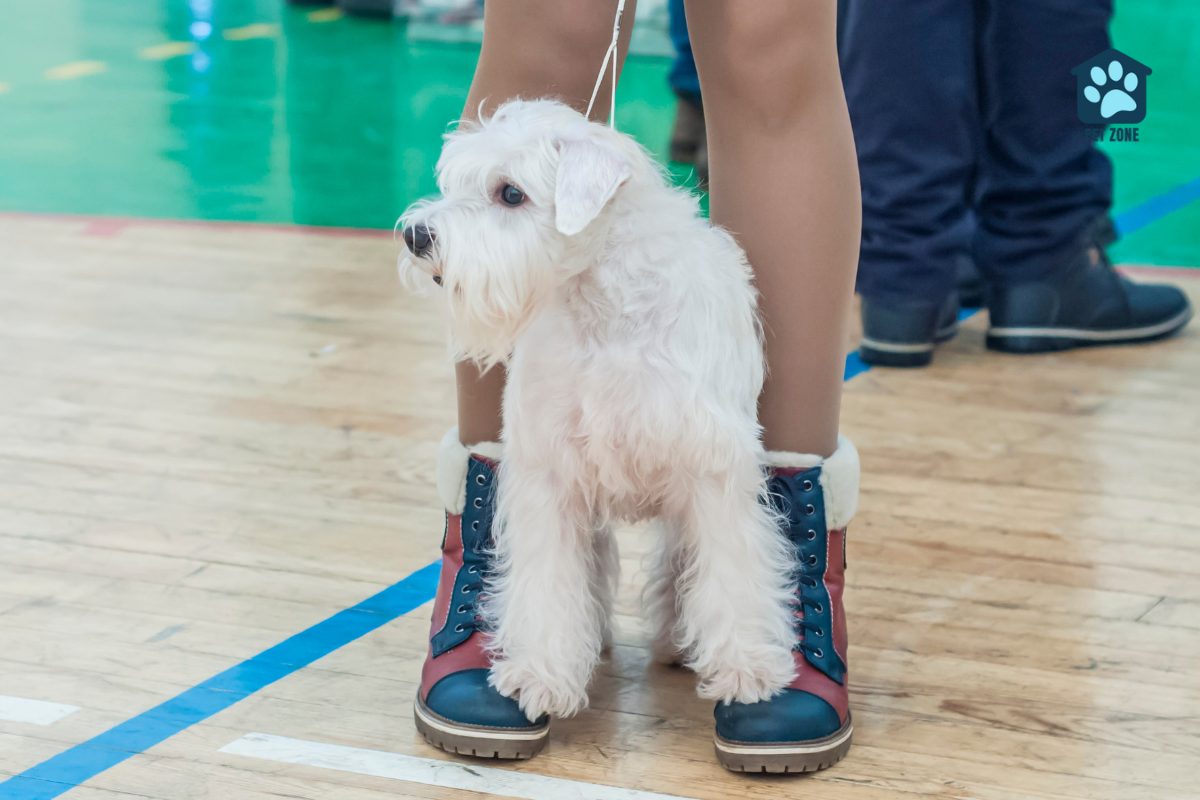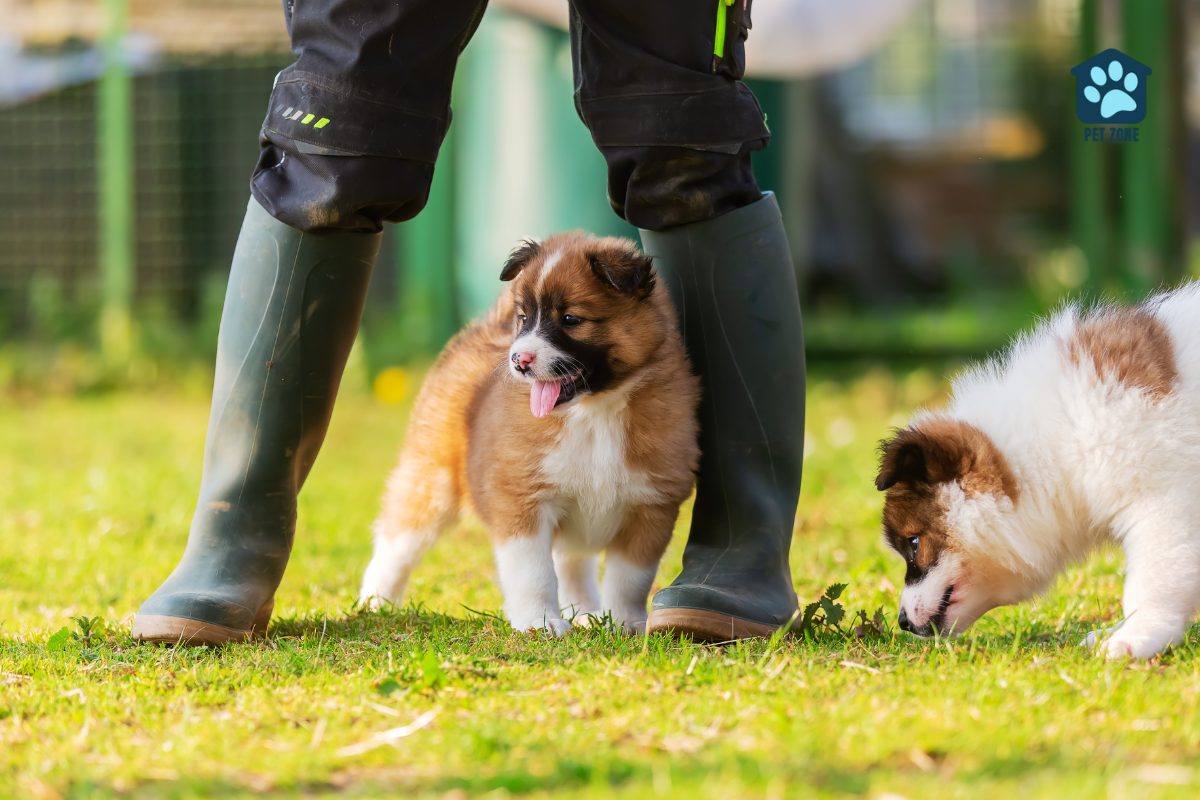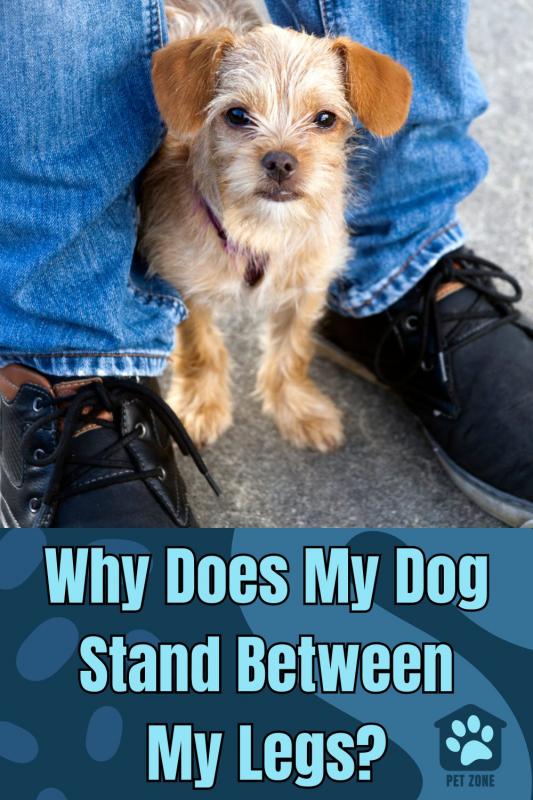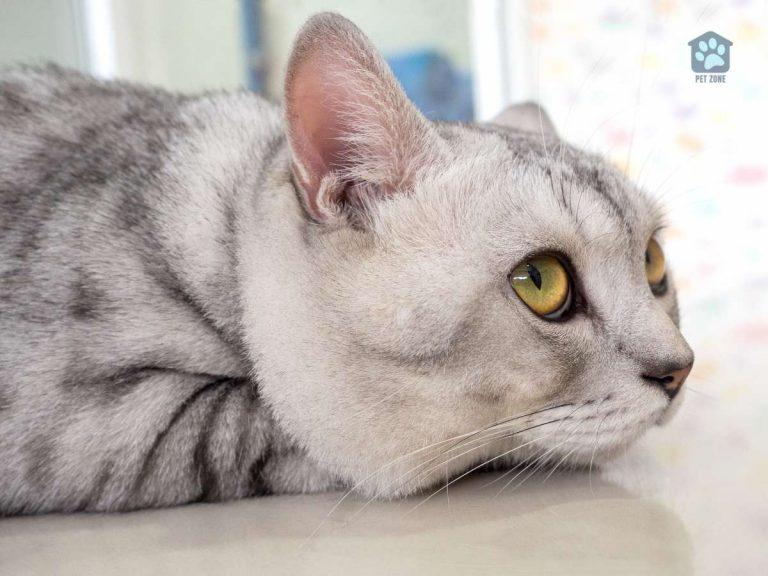Estimated reading time: 13 minutes
Have you ever been standing in your kitchen or walking through the park when, suddenly, you feel a nudge at your legs and there’s your dog squeezing into the space between them? If this sounds familiar, you’re not alone.
Pet owners around the world often wonder why their furry friends exhibit this quirky behavior. It raises questions: is it affection, protection, or something else driving them to stand so close?
One fascinating fact about our canine companions is that breeds like German Shepherds are known for exhibiting this standing-between-legs behavior as part of their protective nature.
But don’t be fooled; size doesn’t always matter — even small dogs may display similar actions for entirely different reasons.
Understanding why dogs do this can help us create stronger bonds with our pets while also ensuring we’re providing them with the right kind of attention and training they need. This blog post will dive into the possible motivations behind this endearing yet sometimes puzzling act and offer ways to respond that support happy, well-adjusted pooches.

Ready to unravel the mystery? Let’s discover what brings our dogs so close!
Key Takeaways
- Dogs stand between your legs for many reasons like feeling safe, needing attention, or because of training they had before. It’s their way to show love, get comfort or protect you.
- Letting your dog do this all the time can be risky. It might make it hard to walk and could confuse them during training. It is good to teach them other ways to ask for love and feel safe.
- If you have trouble with your dog’s behavior, using treats and kind words helps a lot. Also, setting clear rules works well. You might need help from a trainer who knows about dog behaviors if things are tough.
Exploring the Reasons Dogs Go Between Your Legs
Understanding Your Dog’s Need for Contact
Your dog walks between your legs for many reasons, and wanting to be close is a big one. Just like people hug or hold hands when they need to feel safe, dogs look for contact too. They often find the space between your legs just right for this.
Feeling your touch helps them know you are there and that everything is okay.
Some dogs do this more than others because they really enjoy being near their humans. The warmth of your body and the sound of your voice make them happy and calm. Remembering that they count on you as their pack leader will help you understand why standing between your legs can be so important to them.
Seeking Attention and Affection
Just like people enjoy a kind touch or a hug, dogs often seek physical closeness with their favorite humans to show love and ask for attention. It’s not surprising that many dogs will slide their way between your legs, hoping to be noticed and petted.
This behavior is rooted in the bond they share with you; it’s their way of saying “I’m here, and I want some time with you.” They might lean against your legs softly or nudge you gently as a friendly reminder that they are seeking some affection.
Pups, in particular, can act this way because they’re used to cuddling up close for warmth and care from their mother when they were very little. For them, being near someone who cares for them is comforting; it makes them feel safe and loved.
So when your dog goes between your legs or nudges you while you sit on the couch, remember they’re not just looking for treats—they’re asking for love too!
Previous Training and Reinforcement
Your furry friend might not just be seeking cuddles when they sneak between your legs. Often, their actions are shaped by what we’ve taught them in the past. If you give your dog treats or hugs each time they go between your legs, they learn that this is a good way to get rewards.
They keep doing it because positive reinforcement makes them think it’s the right thing.
Training also plays a big role here. Maybe during early training, walking close was encouraged to keep them safe and under control. Or perhaps service dog training used rewards to focus on desired behaviors and ignore scary stuff around them.
As pet owners, we need to be careful about what habits we’re teaching our dogs – even if we don’t know we’re doing it!
Protection and Guarding Behavior
Dogs may stand between your legs because they are displaying protection and guarding behavior. This behavior is often a response to anxiety or fear that the dog is experiencing. It can also be associated with territorial instincts as dogs assert their authority and protect their space by standing between their owner’s legs.
Some larger dogs are more likely to exhibit this behavior, using it as a way to feel secure and safe. They seek out warmth and comfort, finding it between their owner’s legs. Understanding this aspect of canine behavior can help pet owners respond appropriately when their dog displays this protective behavior.
Separation Anxiety and Seeking Comfort
When dogs stand between your legs, it could indicate separation anxiety or a need for comfort. Dogs with separation anxiety may display distress behaviors such as vocalization, destruction, or house soiling when they’re separated from their owners.
This behavior stems from the dog’s desire to seek comfort and reassurance in an attempt to alleviate their anxiety. Understanding these signs can help pet owners provide appropriate support and training to address their dog’s emotional needs effectively.
Separation anxiety is a common issue that many dogs face, leading them to seek closeness and comfort by standing between their owner’s legs. To help your dog cope with this anxiety, providing a safe space with comforting items like blankets or toys can offer them relief when you’re not around.

Indicators of Excessive Fear or Stress
A dog showing signs of excessive fear or stress may tuck its tail tightly between its rear legs, indicating discomfort. Drooling when no food is present could also be a sign of extreme fear or stress in dogs.
Moreover, vocalization, such as whining or barking, may become intensified in stressed dogs. It’s important to pay attention to these indicators as they can signal that your dog needs reassurance and comfort.
In addition to the above mentioned indicators, trembling and shaking can also signify that a dog is experiencing excessive fear or stress. Furthermore, if your dog avoids eye contact or hides behind objects or people frequently, it could be a form of avoidance behavior due to fear or anxiety.
Evaluating the Context of the Behavior
Situational Factors to Consider
When evaluating why your dog stands between your legs, it’s important to consider the context of the behavior. Look at when and how often your dog does this. Consider if there have been any previous experiences or training that may have influenced this behavior.
Also, take into account factors such as breed, age, and overall health of your dog. By understanding these situational factors, you can better assess why your dog may be exhibiting this behavior.
Analyzing the situation in which your dog stands between your legs provides insight into their motives and emotions. It helps in determining if it is a normal behavior for them or if there are underlying reasons such as seeking attention, feeling anxious, or displaying protective instincts.
Analyzing the Timing and Frequency
Dogs standing between your legs can be influenced by the timing and frequency of their behavior. Here’s what to consider:
- Observe when your dog stands between your legs and note any patterns. Is it during specific activities, such as when you come home or during playtime?
- Pay attention to how frequently this behavior occurs. Is it an occasional occurrence or a consistent behavior?
- Consider if there are triggers for the behavior, such as loud noises, new environments, or encounters with other dogs.
- Evaluate the duration of the behavior. Does your dog quickly move away, or do they linger between your legs for extended periods?
- Take note of any changes in your dog’s general demeanor before and after standing between your legs.
The Role of Past Experiences and Training
Your dog’s past experiences and training greatly influence its behavior, including the tendency to stand between your legs. Previous encounters with positive or negative reinforcement, as well as past training techniques used by previous owners or shelters, can shape this behavior.
For example, if a dog received attention or treats for going between someone’s legs in the past, it may continue this behavior seeking similar rewards. Understanding your dog’s history and experiences is essential in addressing and modifying this conduct.
Training methods employed with your pet can also impact their inclination to position themselves between your legs. If a dog was trained using aversive-based methods that instilled fear or discomfort around certain actions, it may try to seek refuge or comfort by standing between its owner’s legs during stressful situations.
This points out the critical role of positive reinforcement techniques when teaching desired behaviors while avoiding unintentionally fostering unwanted conduct. Evaluating past experiences and implementing appropriate training strategies are vital steps toward altering this behavior effectively.
The Implications of Allowing the Behavior
Safety Concerns for Dogs and Owners
Allowing a dog to stand between your legs can pose safety risks for both the dog and the owner. This behavior can lead to tripping or loss of balance, especially when walking or moving around.
Moreover, it may inadvertently encourage territorial behaviors in some dogs, potentially leading to aggression towards other pets or even people. It’s essential to be mindful of these safety concerns and take appropriate steps to discourage this behavior in order to ensure the well-being of both the dog and the owner.
Potential for Misinterpreted Dog Body Language
Ensuring the safety of dogs and owners involves understanding potential for misinterpreted dog body language. Dog body language can be easily misunderstood, especially when it comes to identifying signs of anxiety or stress.
Aggressive and anxious behaviors in dogs may look similar, making it crucial to accurately interpret a dog’s emotions and intentions. This communication includes calming signals like yawning, which could mistakenly be perceived as relaxation when it might actually indicate stress.
Additionally, recent studies have shown that dogs exhibit appeasement signals in their interaction with humans, which could also be misinterpreted as comfort or trust.

Impact on Training and Dog Control
Allowing your dog to stand between your legs might disrupt training efforts and lead to potential control issues. It can create confusion for the dog about boundaries and commands, hindering their ability to understand what is expected.
This behavior could also be misinterpreted by other people or dogs, leading to misunderstandings or conflicts in social situations. Additionally, it may encourage attention-seeking behavior, making it challenging to establish consistent control over your dog’s actions.
To ensure effective training and proper control of your dog’s behavior, it’s essential not to inadvertently reinforce this habit. By addressing these behaviors early on and maintaining a structured training approach, you can mitigate potential complications and improve the overall communication between you and your pet.
Training and Managing Your Dog’s Behavior
Positive Reinforcement Techniques
Positive reinforcement training uses rewards such as treats, praise, and toys for desired behaviors in dogs. This technique can help to avoid punishment and build a positive relationship with the dog. Here are some positive reinforcement techniques to train and manage your dog’s behavior:
- Use treats, praise, or toys as rewards when your dog displays desired behaviors.
- Employ verbal cues or hand signals paired with rewards to reinforce good behavior.
- Introduce clicker training to mark the precise moment your dog performs the desired behavior, followed by a reward.
- Incorporate games and playtime with your dog as a form of positive reinforcement for good behavior.
- Be consistent in rewarding your dog immediately after they exhibit the desired behavior.
Establishing Boundaries and Commands
To promote good behavior in your dog, it’s crucial to establish clear boundaries and commands. Here are some essential tips for achieving this:
- Teach your dog specific commands like “stay,” “sit,” and “leave it” to help them understand what behaviors are acceptable in various situations.
- Set physical boundaries within your home or yard using gates or barriers to prevent your dog from accessing certain areas where they may exhibit undesirable behavior.
- Redirect your dog’s attention if they start behaving in a way that goes against established boundaries. Offer a toy or engage them in a different activity to shift their focus.
- Seek professional training or consult with a certified dog trainer or behaviorist if you encounter challenges in establishing boundaries and commands with your dog.
Alternatives to Going Between Your Legs
Instead of allowing your dog to stand between your legs, consider redirecting their behavior towards more appropriate actions. Here are some alternatives to the behavior:
- Encourage your dog to sit or lie down next to you when seeking attention, instead of standing between your legs, using positive reinforcement and rewards.
- Teach your dog a cue or command for physical contact, such as “side” or “touch,” so they can still seek closeness without standing between your legs.
- Provide a designated spot, like a comfortable bed or mat, where your dog can go to relax and be close to you without crowding between your legs.
- Engage in interactive play or exercise activities with your dog to fulfill their need for attention and physical interaction, promoting bonding and reducing the urge to stand between your legs.
- Establish specific times for petting and affection so that your dog understands when it’s appropriate to seek attention without resorting to standing between your legs.
- Utilize mental stimulation activities, such as puzzle toys or training sessions, to redirect your dog’s focus away from seeking physical contact by standing between your legs.
- Create a calm and inviting environment where your dog feels secure and comfortable, minimizing the need for them to seek refuge by standing between your legs.
- Seek professional guidance from a certified trainer or behaviorist if the behavior persists despite attempts at redirection, ensuring individualized solutions tailored to your dog’s specific needs.
Consistency in Training and Behavior Management
Consistency in training is key to helping your dog understand what is expected of them. When you are consistent with your commands and rewards, it helps your dog learn faster and prevents confusion.
Using positive reinforcement techniques, such as treats or praise for good behavior, can make the learning process enjoyable for your furry friend. It’s important to establish clear boundaries and stick to them so that your dog knows what behaviors are acceptable.
Remember that all-positive training may not always work effectively, as dogs need to know when they’ve done something wrong too.
Evaluating the efficiency of different training methods through tracking the number of sessions required for learning tasks can help you choose the most suitable approach for your dog.

Consulting with a Professional Trainer or Behaviorist
When addressing complex behavior issues in dogs, consulting with a professional trainer or behaviorist can provide valuable insights and expertise.
These professionals focus on understanding behaviors in animals and have the necessary knowledge to work with pets displaying behavior problems like standing between their owner’s legs.
It’s essential to find a certified behaviorist or trainer who specializes in the specific issue you are facing with your dog, ensuring that they have the expertise to address your dog’s unique needs effectively.
Behavior consultants, also known as pet therapists, delve into deep learning of dog cognition, ethology, and applied behavior analysis. This equips them well to handle complex canine behavioral issues.
While some trainers may not work with certain behaviors like aggression, finding one who specializes in addressing your specific concern is crucial for successfully resolving the problem at hand.
Conclusion: Balancing Comfort and Training
Understanding why your dog stands between your legs is crucial for effective training. By addressing the underlying reasons such as seeking attention, anxiety, or protection, you can tailor your approach accordingly.
Implementing positive reinforcement techniques and establishing clear boundaries are practical steps toward redirecting this behavior. Remember, small adjustments in training can lead to significant positive changes for both you and your beloved pet.
Are you ready to create a secure environment while strengthening the bond with your furry companion? Embracing these strategies will not only benefit your dog’s well-being but also enhance the harmony within your household.
As an Amazon Associate I earn from qualifying purchases.










Thank you for sharing this. I have a German shepherd and he stands under my skirt (I don’t wear pants). I figured it was for protection and because he misses me. Now it’s confirmed!